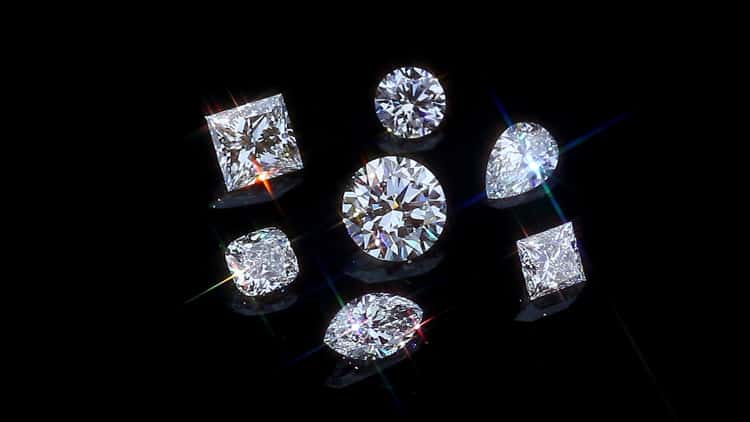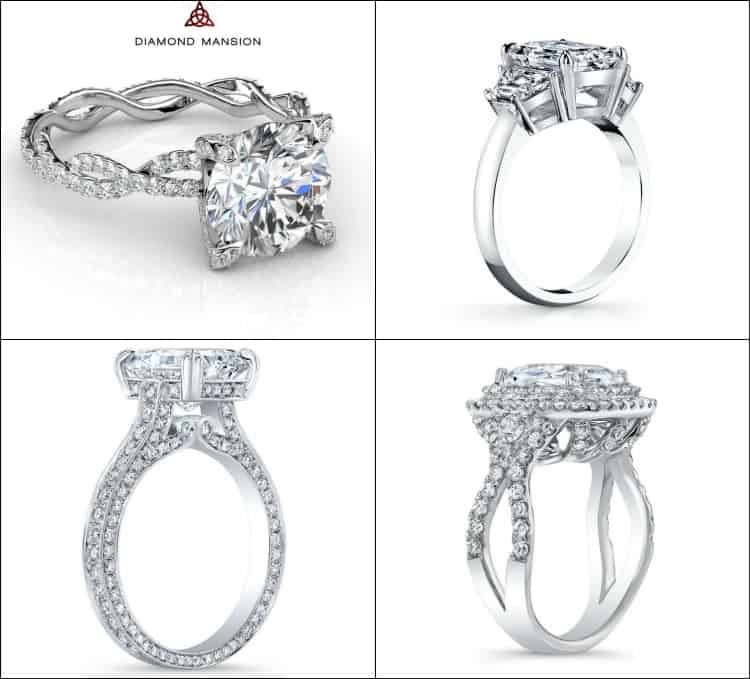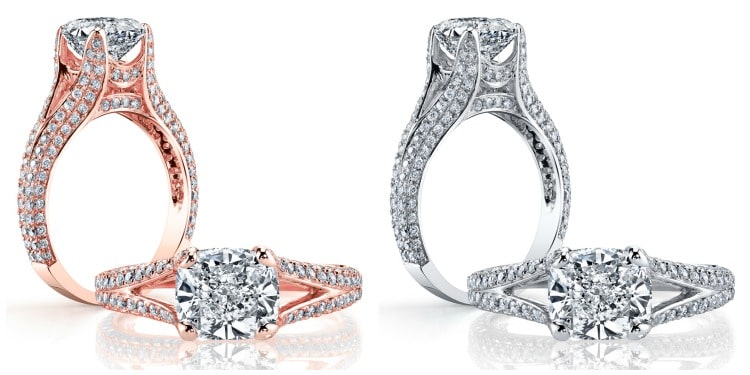Disappointment is a fact of life, and you don’t always get want you want . . . which is all the more reason to take advantage of opportunities that DO allow you to have your heart’s desire! Designing your own engagement ring can be a fun and fully satisfying experience once you know what you’re doing (the four Cs—Carat, Cut, Clarity, and Color—are just the tip of the diamond ring iceberg). Fortunately, we’re here to help with a handy-dandy guide to designing your perfect piece of engagement jewelry.
Guide to Designing Your Own Engagement Ring
Be Picky Picking Your Vendor
We already know that not all diamonds are created equal but neither are all vendors. You want to make sure you’re working with an ethical business that allows you to fully customize the ring of your dreams. No one wants to end up with a blood diamond (or a fake one) on her finger. Do your research. Read reviews from reliable sources. Make sure a company lives up to its claims. If you’re really into the humanitarian aspect, consider using a site like Diamond Mansion. They not only use natural, ethically-sourced stones, they also help poverty-stricken couples all over the world make their dreams of matrimony come true—one for each diamond ring they sell.
Start with the Center
The center or primary stone is the star of the show, and once you’ve chosen one, it’s that much easier to build all the rest of the decisions around it. Here is where those four Cs are going to come into play, so let’s take a more detailed look at them.

- Carat—While it’s generally not considered polite to talk about weight, carats are the exception to the rule! This measurement of how heavy a diamond is often goes hand in hand with a stone’s size, but not always. Some shapes can make big look small and vice versa.
- Cut—Often those not in the know think cut solely refers to things like emerald, princess, or marquise—AKA shapes—but it’s really more about the much smaller aspects of a diamond that can lead to an amazing sparkle. Ranging from Ideal to Poor, a diamond’s cut is what gives it its glisten and should be super high on your priority list. Does size really matter if the stone is dull and lifeless?
- Clarity—Few things in nature are perfect, and a diamond is no exception. The vast majority of stones will have flaws of some sort—like air bubbles or random debris—but many of the grades (from Flawless to Slightly Included) look the same to the naked eye, so it’s okay to aim for a bit lower of a grade to save your budget.
- Color—Ironically, most diamonds are graded on their lack of color—with the exception of a few “fancy” colors like brown, green, and yellow. Graded from D (completely clear) to Z (light yellow but not in a good way), anything to about an H looks lovely to the average eye. Like with clarity, it’s okay to not aim for absolute perfection.
So to sum up, size matters but not as much as cut, and you can skimp a little on clarity and color while still getting a gorgeous stone for a palatable price.
Select a Setting
Now that you’ve found the perfect central feature, what are you going to put it in? Two of the oldest and most popular settings are Solitaire and Three Stone (which are exactly what they sound like), but several others exist. Figure out whether you want to solely highlight your central stone or give it a little competition, love the one-band look or adore the illusion of two. Basically figure out which physical features of a ring are most important to you and then find the setting that best shows them off!
Make a Metal Choice
There’s more to metal than color or shine, though those are important too! Another aspect to consider is durability. If you’re a very hands-on person in life, you may want to consider 14K gold or platinum. If you’re all about dazzle, lighter colored metals (like white gold or platinum) tend to make stones look brighter. If regular maintenance isn’t your bag, neither standard yellow gold nor platinum require it, but white gold will need to be re-plated every few years. Above all though, don’t forget to pick a metal you LOVE.
Single Out a Size
The internet is full of “surefire” ways to figure out that magical number, but if you want dead-on accuracy, your best bet is to get thee to a jewelry store; in fact, get thee to three just to make sure. If you happen to have a ring that already fits your finger perfectly, another option is to print out a few sizing charts from reputable sites and compare your ring to those.
Now that you know what to keep in mind when designing your own engagement ring, have at it—and don’t forget to have fun too!



 A Beautiful Catholic Destination Wedding in Maui
A Beautiful Catholic Destination Wedding in Maui
Leave a Reply